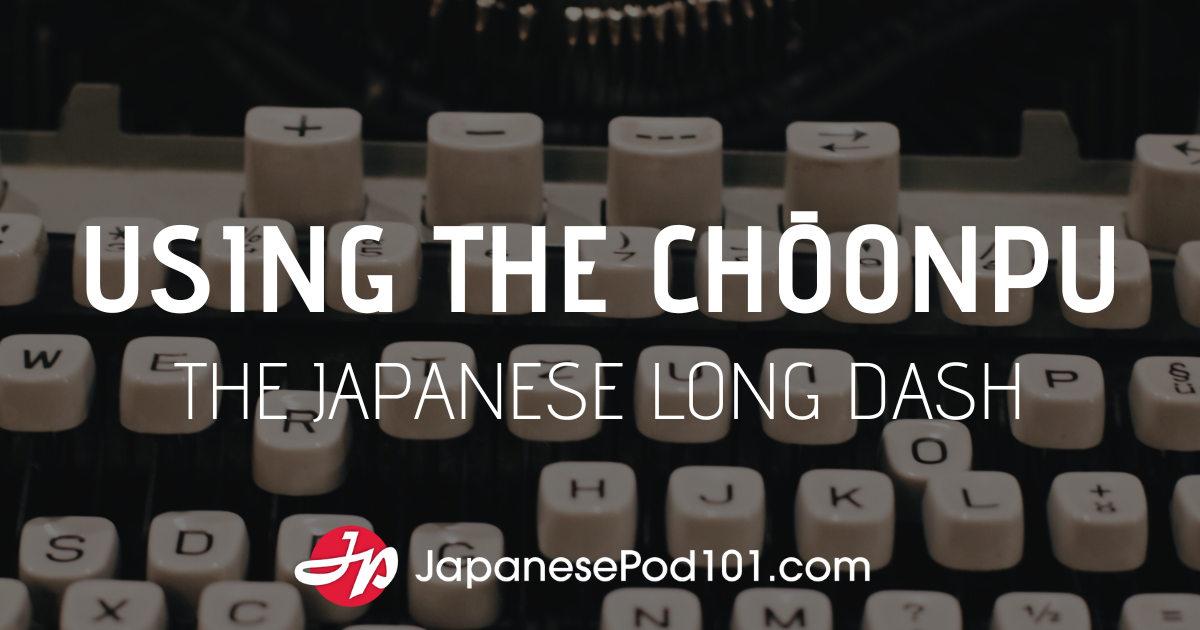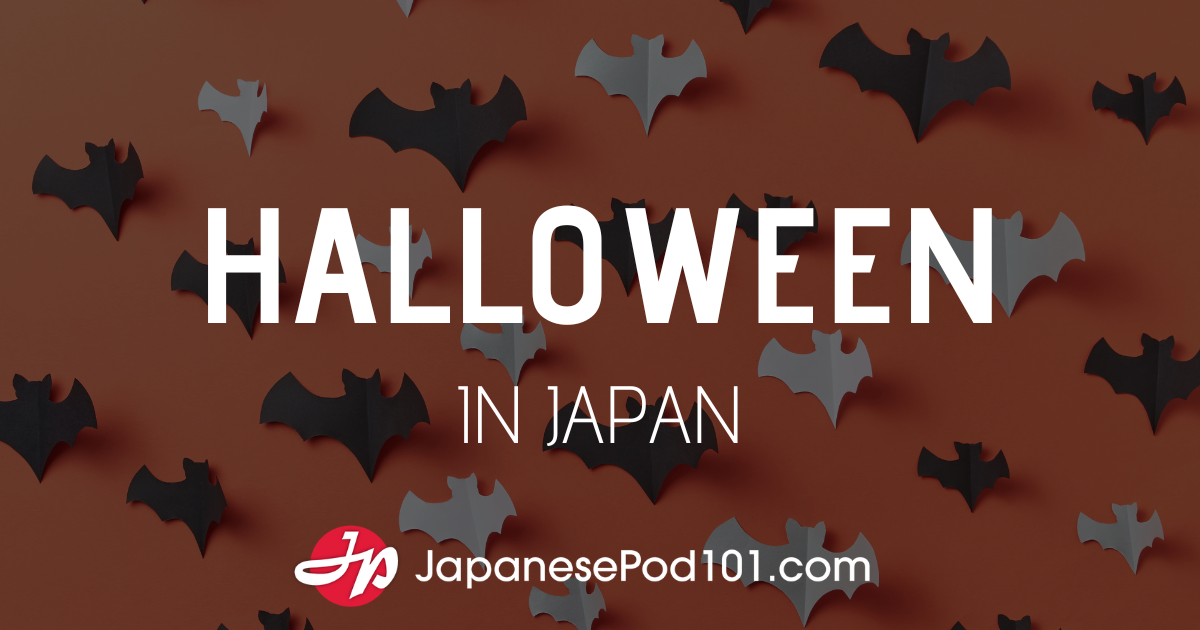April 1, 2008
Kanji Mnemonics #8 – Child
Back in November, Dr. Matt Wachsman contacted us about his mnemonic system for learning Kanji using captivating and enjoyable flash movies. These movies involve multiple parts of the brain simultaneously, reinforcing memory linkage with visual associations, sequence associations, humor and rhymes. We hope these will appeal to people with a variety of learning styles and that you enjoy them. We plan to introduce about 6-12 new Kanji per week to cover the Kanji taught in the first 6 years of school in Japan and the JLPT levels 4 and 3.
This week's animation is titled Child!
March 28, 2008
Secrets of the “Secret” Kanji: Part 2
Quick Links
Welcome to Kanji Curiosity | The Basics | Glossary
In English, we speak of "airtight excuses." This is a strange idiom. "Airtight" means something so impermeable that air cannot pass in or out of it. But how could air pass in or out of an excuse? Are we talking about hot air? No, I think the point isn't actually the air; the point is the sturdiness of the excuse. It's so solid that you can't poke a hole in it, deflating it like a flimsy balloon. Oh, dear, we're back to air. Well, so be it.
If you've confided your most scandalous secrets to a friend, you might hope for something similarly airtight—a hermetic seal around those secrets. Here's how you can say "airtight" in Japanese:
気密 (kimitsu:... Show more
March 25, 2008
Kanji Mnemonics #7 – Woman
Back in November, Dr. Matt Wachsman contacted us about his mnemonic system for learning Kanji using captivating and enjoyable flash movies. These movies involve multiple parts of the brain simultaneously, reinforcing memory linkage with visual associations, sequence associations, humor and rhymes. We hope these will appeal to people with a variety of learning styles and that you enjoy them. We plan to introduce about 6-12 new Kanji per week to cover the Kanji taught in the first 6 years of school in Japan and the JLPT levels 4 and 3.
This week's animation is titled woman!
March 21, 2008
Secrets, Swords, Singapore, … and Density?!: Part 1
Quick Links
Welcome to Kanji Curiosity | The Basics | Glossary
In Part 3 of the unagi road trip series (a recent beginner's lesson in the main part of JapanesePod101.com), the PDF contains this great sentence:
君の秘密を皆に話してしまったよ。
Kimi no himitsu o mina ni hanashite shimatta yo.
I have revealed your secret to everyone.
Breakdown of the Kanji ...
Another Way to Betray Someone's Trust ...
When would you ever say something like this? And with what tone? Perhaps you utter it in a state of complete disgrace, just before ending your life. You've got the sword in hand (since you're a Japanophile and want an old-timey, Japanese method of suicide). You hang your head and quietly say, "Kimi no himitsu o mina ni hanashite shimatta... Show more
March 18, 2008
Introducing “My Feed” – Your Personalized RSS Feed
After weeks of development, we're happy to announce the launch of the much anticipated My Feed. This fully customizable RSS feed lets Premium members decide exactly what lesson content they want on their Premium feed.
Setting up My Feed is a a simple 3 step process.
Choose the lesson types you want (e.g. Beginner, Newbie, Audio Blog, etc.)
Choose the type of content you want (e.g. Main Audio, Dialog Clip, Review Clip, PDF, Video Vocab, etc.)
Add My Feed to iTunes or other iTunes compatible feed readers like Juice, and just watch the content you want come rolling in.
To learn more about My Feed check out the video below or if you're a Premium member, click here to get started now.
Thank you all for your continued... Show more
March 14, 2008
Reaping the Fruits of One’s Labor: Part 6
Quick Links
Welcome to Kanji Curiosity | The Basics | Glossary
For kanji lovers, the word 果実 (kajitsu: fruit, fruit + fruit) is so ripe with possibilities that it's ready to explode. As we saw last week, 果 and 実 each mean "fruit," both literally and metaphorically. We investigated the juicy, literal sense last time. Now we'll see how these terms can refer abstractly to the fruits of one's labor—the rewards for hard work. Let's take these kanji one at a time.
The Rewards of 実
The following word captures both the literal and metaphorical aspects of 実:
実入り (miiri: (1) crop, harvest; ripeness; (2) earnings, profits, gains) fruit + to enter
The breakdown brings to mind James and the Giant Peach.... Show more
March 13, 2008
Kanji Mnemonics #14 – Pole
Back in November, Dr. Matt Wachsman contacted us about his mnemonic system for learning Kanji using captivating and enjoyable flash movies. These movies involve multiple parts of the brain simultaneously, reinforcing memory linkage with visual associations, sequence associations, humor and rhymes. We hope these will appeal to people with a variety of learning styles and that you enjoy them. We plan to introduce about 6-12 new Kanji per week to cover the Kanji taught in the first 6 years of school in Japan and the JLPT levels 4 and 3.
This week's animation is titled Pole!
March 7, 2008
The Konomi Yomi: Part 5
Quick Links
Welcome to Kanji Curiosity | The Basics | Glossary
If someone said, Konomi wa konomi desu, would you know what they meant? Maybe it would help to see the kanji and kana:
好みは木の実です。
Konomi wa konomi desu.
Or perhaps things remain unclear. If so, a translation should help:
My preference is nuts.
If you still feel a little confused, thrown off, discombobulated, or miffed without quite knowing why, it's probably because the yomi didn't shake out as you expected. The kanji here have atypical yomi, compared with what one usually sees for these characters. Here's the breakdown:
好み (konomi: preference)
This kanji often appears as 好き (suki: liking, taste, choice).
木の実 (konomi or kinomi: nuts, fruits,... Show more
March 4, 2008
Kanji Mnemonics #6 – Earth
Back in November, Dr. Matt Wachsman contacted us about his mnemonic system for learning Kanji using captivating and enjoyable flash movies. Unlike any other system out there, Dr. Wachsman's uses advanced mnemonics features that involve multiple parts of the brain simultaneously, reinforcing memory linkage while at the same time appealing to people with a variety of learning styles.
Mnemonics is the way of tying information together in a way the the brain likes to receive it. There are a large number of ways to do this. The most basic one is putting information into a story. Dr. Wachsman's system uses short Flash movies that tell a story using visual associations, humor and rhymes. His system covers all the Kanji taught in the first... Show more
March 1, 2008
Melons and More: Part 4
Quick Links
Welcome to Kanji Curiosity | The Basics | Glossary
Last week we looked at ways in which 実 and body parts combine in compounds. My investigation of one such word took me in an entirely unexpected direction, and as I went farther and farther down that path, I decided to present my findings as a separate blog. So this week we'll detour from the 実 examination (an examination of the facts!) to take a look at melons. (Seems appropriate to jump out of sequence on Leap Day!)
Here's the word that took me so far off track:
瓜実顔 (urizanegao: oval or classic face (e.g., of a beautiful woman)) melon + seed + face
Pronouncing Urizanegao ...
This word combines the characters for facts (実) and face... Show more









